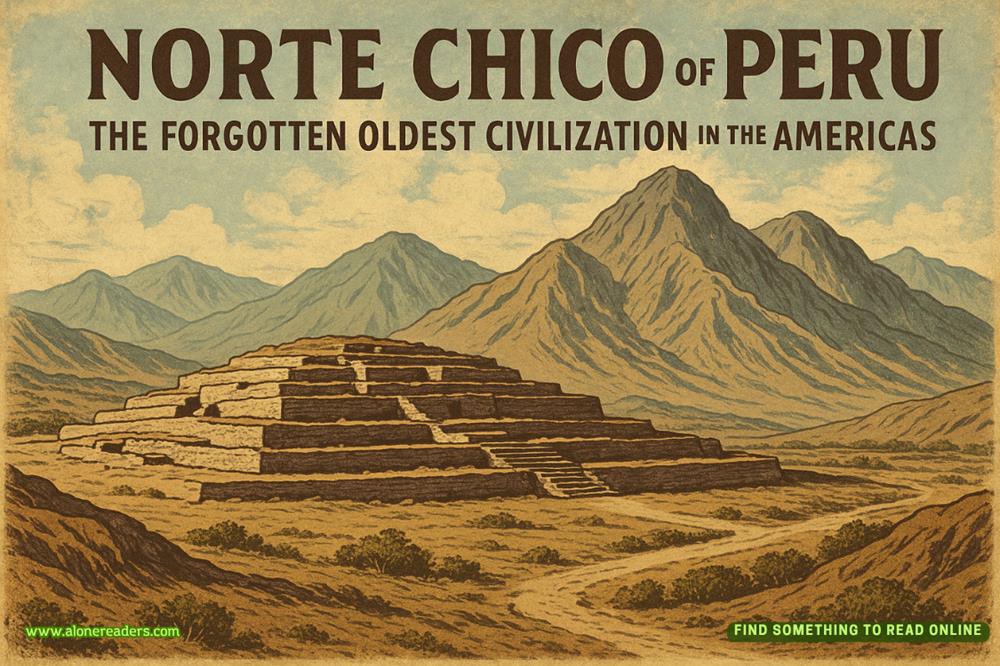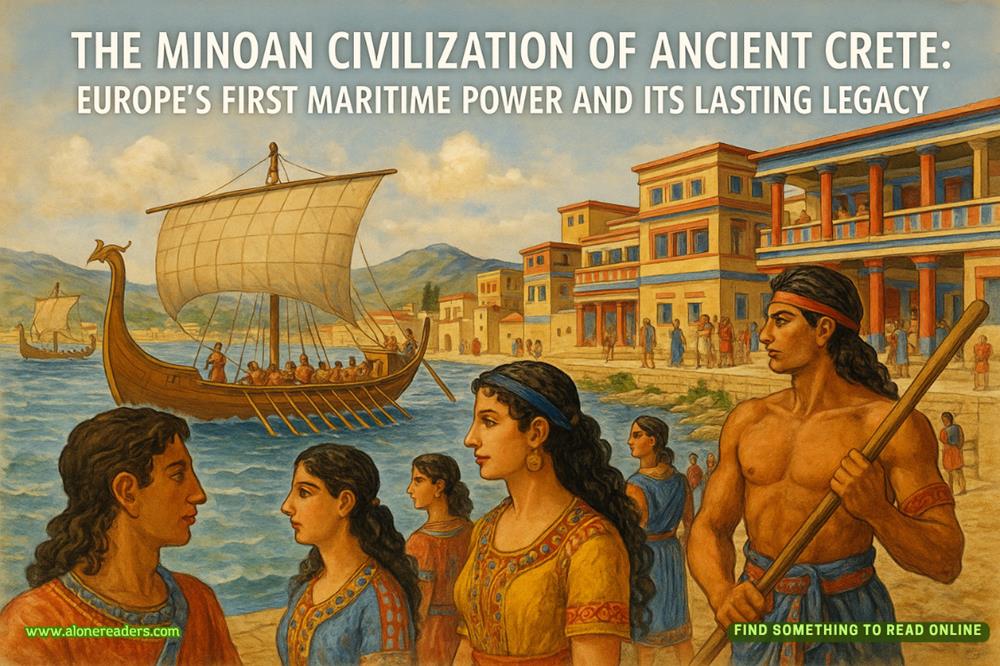Page 64 of Final Justice (Badge of Honor 8)
Matt looked between them and decided that when you don’t know what the hell to say, tell the truth.
“You remember the scene in The Godfather, the wedding, where everybody handed the bride an envelope? As a tribute to the Godfather, not because they gave a damn about the bride?”
“Yeah,” Pekach said. “So?”
“I felt like the bride,” Matt said. “Out of respect to you and Martha and/or my parents and/or Denny Coughlin, everybody was coming to the table and saying, ‘Congratulations, Sergeant.’ And then Amy would snort. So I came to hide in here.”
“You should have waited until Ben and I finally got here,” Eileen said. “Our congratulations would have been absolutely sincere.”
He looked at her for a moment.
“Thank you,” he said, and then added: “Like I said, I wasn’t trying to eavesdrop and I’m gone.”
“You’re not interested in Fort Festung?” Eileen asked.
“I’m becoming fascinated-”
“Okay. Stay. Latest bulletin,” Eileen said. “Tony Casio…”
“He’s Eileen’s fugitive guy,” Pekach explained.
“… had a call from the State Department this afternoon. The French are going to rule on the statute of limitations tomorrow, and their ‘legal counsel,’ read FBI guy, heard that it’ll go our way.”
“Which leaves us where?”
“We start the extradition business all over again. If the decision comes down tomorrow in our favor, we start the extradition process again tomorrow.”
“And this time?” Pekach asked.
“The French can stall only so long, David,” Eileen said. “We’ll get him.”
Pekach looked at her a long moment but didn’t say anything.
“Okay, birthday boy,” Eileen said. “Back to the table. And smile nice when somebody says ‘congratulations.’ ”
“Yes, ma’am,” Matt said.
At just about the time the last of the unmarked Ford Crown Victorias was leaving the Peebles Estate-somewhere around 1:15 A.M.-Homer C. Daniels, a six-feet-one-inch, 205-pound, thirty-six-year-old Caucasian male, who had once been a paratrooper and still wore his light brown hair clipped close to his skull, was standing in the shadow of a tree in the 600 block of Independence Street in Northeast Philadelphia, in the area known as East Oak Lane.
He was looking up at the second-story windows on the right side of what had been built as a single-family home- not quite large enough to be called a mansion-not quite a century before. It had been empty for a while after World War II, and then had been converted to a “multifamily dwelling” with two apartments on the ground floor, two on the second, and a third in what had been the servants’ quarters on the third.
Daniels, who was wearing a black coverall, thought of himself as a businessman rather than a truck driver, although in each of the past several years he had driven a Peterbilt eighteen-wheel tractor-trailer rig 150,000 miles all over the country.
For one thing, he was a partner in Las Vegas Classic Motor Cars, Inc., the company that owned the Peterbilt. And he almost always had the same partner’s interest in the truck’s cargo, and sometimes he owned all of the cargo.
Las Vegas Classic Motor Cars, Inc., as the name implied, dealt with what they referred to as the “Grand Marques” of automobiles, ranging from the “vintage”-such as Duesenbergs and Pierce-Arrows, no longer manufactured-to the “contemporary”-such as Ferrari, the larger Mercedes-Benz, and Rolls Royce.
As a general rule of thumb, if an automobile was worth less than $75,000, Las Vegas Classic Motor Cars, Inc., was not interested. A boat-tailed Dusey, in Grand Concourse condition and worth, say, $1,250,000, had the opposite effect.
They bought and sold some cars themselves, and accepted some cars on consignment. Often they would buy a “decent” classic, and spend up to $100,000 rebuilding it from the frame up to Grand Concourse condition before offering it for sale. They also provided “frame up” restoration for owners of classic cars, and had earned an international reputation for the quality of their work.
Cars of this sort were genuine works of art, and as one would not entrust a Rodin sculpture or an Andy Warhol painting of a tomato can to the Acme Trucking Company, or even the United Parcel Service, one could not move, for example, a Grand Concourse-condition 1954 Mercedes-Benz 300SL “Gull Wing” coupe worth $275,000 to or from Las Vegas without taking the appropriate precautions.
Dragging such a motorcar along behind a car or truck on one of the clever devices available from U-Haul was obviously out of the question. So was loading such a vehicle on a flatbed trailer, chaining it in place, and covering it with a tarpaulin.
The solution was to ship such a vehicle within a trailer, and for a while Las Vegas Classic Motor Cars, Inc., had done just that. Then it had occurred to the partners that contracting for the transport, “direct, sole cargo” of vehicles, was costing them a lot of money. They crunched the numbers, and concluded the expense of buying and operating their own truck was justified.
They bought the Peterbilt, had a trailer specially modified- essentially the installation of padding and means to hold the vehicles immobile while being transported-and hired a professional truck driver.















